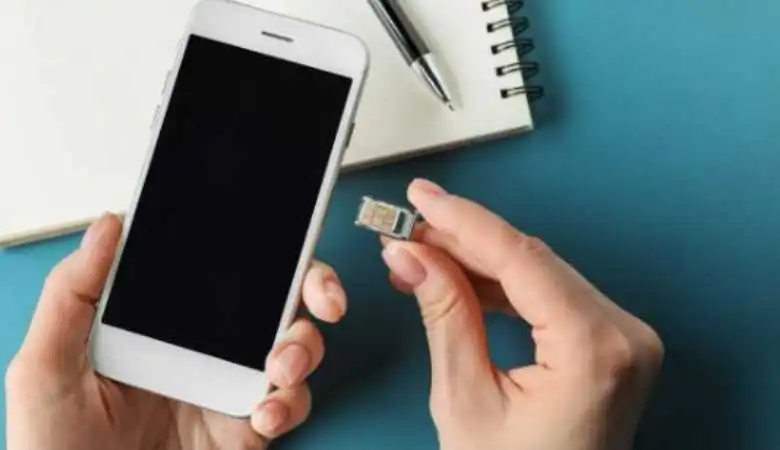Does Data Loss Happen When We Change SIM Card?
Changing your SIM card may seem like a simple operation. However, this action has consequences that are essential to be aware of to avoid data loss.
This article explores the different aspects to consider when changing SIM cards, the potential impacts and solutions to safeguard your essential information.
What is affected when changing SIM cards?
Your phone number
Changing your SIM card may result in changing your phone number. It depends on your choice of operator. If you switch to a new carrier without performing number porting, you will get a new number. Portability allows you to keep your old number by transferring it to your new operator. This procedure is generally simple and quick.
Your contacts
Contacts stored on the SIM card will not be transferred to the new card automatically. If your contacts are saved on your phone or synced to an online account (like Google Contacts), you won’t lose anything. Otherwise, it is imperative to save them before changing SIM cards.
SMS and MMS messages
SMS and MMS messages saved on the old SIM card will be lost if you have not saved them elsewhere. Unlike contacts, SMS and MMS are not always stored on the phone. Using an SMS backup application or manually transferring them to another medium is recommended.
Operator settings
Your previous operator’s settings, such as Internet Access Points (APNs) and voice messages, will be erased when changing your SIM card. These settings will need to be reconfigured with your new operator’s information. This step is crucial to ensure the proper functioning of your internet and voicemail services.
Specific applications
Some apps use your phone number to work, including banking or instant messaging apps. Changing your number may require reconfiguring these applications. Make sure to update your number in these apps to continue accessing their services.
Impacts and consequences of data loss
Difficulty retrieving contacts and messages
Losing contacts and messages can make it difficult to communicate with loved ones and colleagues. Finding this information can be difficult and time-consuming, especially if it is not stored elsewhere.
Resetting carrier services
APN and voicemail settings must be reconfigured manually. This can be a source of frustration if you don’t have the necessary information at your fingertips.
Problems with phone number-related apps
Banking or messaging apps may require authentication with the new number, which may temporarily interrupt their use. Some apps may even require identity verification again.
Solutions and initiatives to avoid data loss
Backing up your contacts
To prevent loss of contacts, use one of the following methods:
- Synchronization with a Google account: This method allows you to save your contacts online and easily retrieve them on any device connected to your Google account.
- Exporting to a blank SIM card: If you prefer a local backup, transfer your contacts to a blank SIM card before changing cards.
- Backup to a computer: Export your contacts in CSV or vCard format and store them on your computer.
Backup of SMS and MMS messages
Several applications allow you to save your messages:
- SMS Backup & Restore: This free application backs up your SMS and MMS messages to the cloud or local storage.
- Manual transfer: Export your messages to a text file or document on your computer.
Note of operator parameters
Before changing your SIM card, note the settings of your current operator:
- Internet access points (APN)
- Voicemail numbers
This information can usually be found on your carrier’s website or by contacting customer service.
Setup with your new carrier
Contact your new carrier for detailed instructions on configuring the necessary settings:
- APN and voicemail settings
- SIM card activation and number transfer
By following these steps, you can minimize disruption when changing SIM cards.
Also Read: How to Choose the Right Graphic Card

